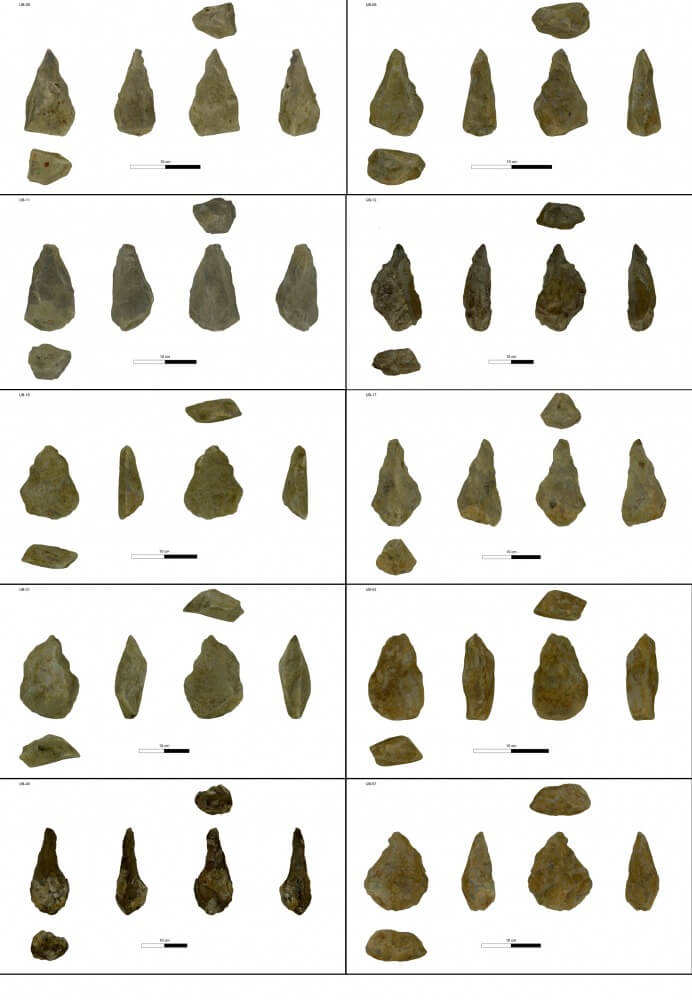A group of researchers from the Institute of Archeology at the Hebrew University, led by Dr. Gadi Hertzlinger, in collaboration with researchers from the French National Center for Scientific Research (CNRS), and with funding from the Israeli and French Ministries of Science, identified the earliest instance in Eurasia of behaviors indicative of developed cognitive abilities - which are At the basis of the human behavior we know today

A group of researchers from the Institute of Archeology at the Hebrew University, led by Dr. Gadi Hertzlinger, in collaboration with researchers from the French National Center for Scientific Research (CNRS), and with funding from the Israeli and French Ministries of Science, identified the earliest instance in Eurasia of behaviors indicative of developed cognitive abilities - which are At the basis of the human behavior we know today.
The archaeological site of Ubeidiya, located in the Middle Jordan Valley, near Kibbutz Afikim, dates back to one and a half million years before our time. This site is considered one of the oldest sites outside of Africa, about a year and a half old dictionary. Its uniqueness is that the stone tools carved by the ancients found there are associated with a technology known by archaeologists as "Acheulian" in which humans began to create large cutting tools, symmetrical, meticulous and more efficient. The illusory findings first appeared in Africa 1.8 million years ago, while before her stone tools were nothing more than simple chiseled pebbles with sharp edges. In fact, this is the earliest site outside of Africa where the technology was found, which is the first significant leap in the ability to produce tools.
The researchers used a XNUMXD scanner and specially developed computer software to analyze the shape of the vessels using innovative methods. The results that are now being published in the Journal of Paleolithic Archeology show that, in fact, within the family of cutting tools that are large in use, two subfamilies of tools must be distinguished: one is less meticulous, the use of which ends relatively soon after the site period. The second, more meticulous one that remained in use more than a million years later.
It seems that relatively complex chipping methods, which until now were only known from later sites, were already in use for the purpose of producing cutting tools in Ovadia. The researchers claim that the combination of the characteristics described, that is: the existence of two parallel subcategories within the same family of tools, the deliberate choice of raw material with preliminary planning, and the use of complex chiseling methods indicate that The cognitive mechanisms that could be identified so far only among much later populations already existed when the site was inhabited. As stated to date, this case constitutes the earliest identification in Eurasia of behaviors that indicate the cognitive abilities that are at the basis of the complex human behavior that we know today.
More of the topic in Hayadan:
- The oldest modern human remains were discovered in a cave near Rosh Ha'Ain
- What did our ancestors eat in the stone age? Mostly meat
- Archaeologists have discovered a prehistoric settlement that connects the Early and New Stone Age
- Three 9,000-year-old skulls found in excavations in the north were preserved thanks to the burial custom of their time
